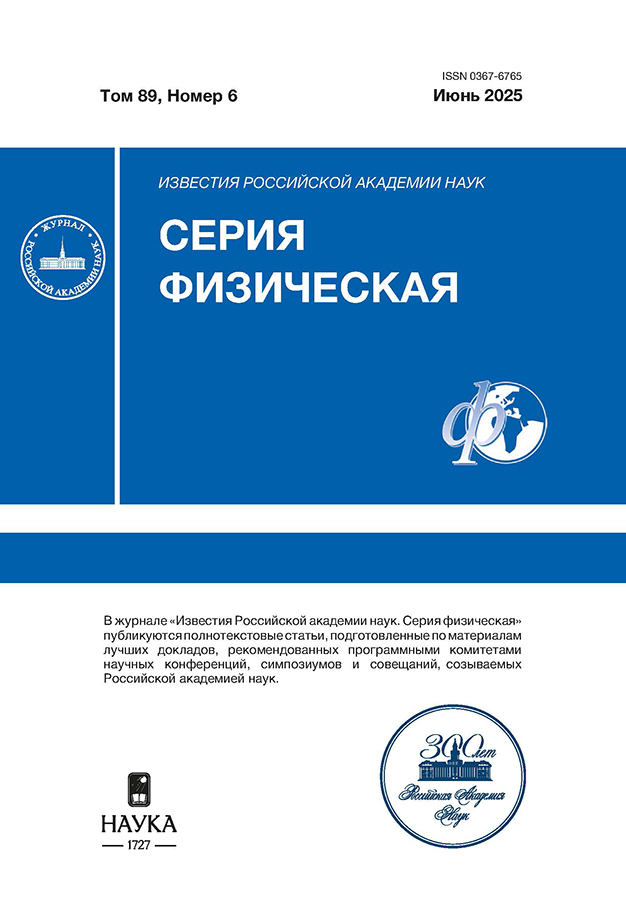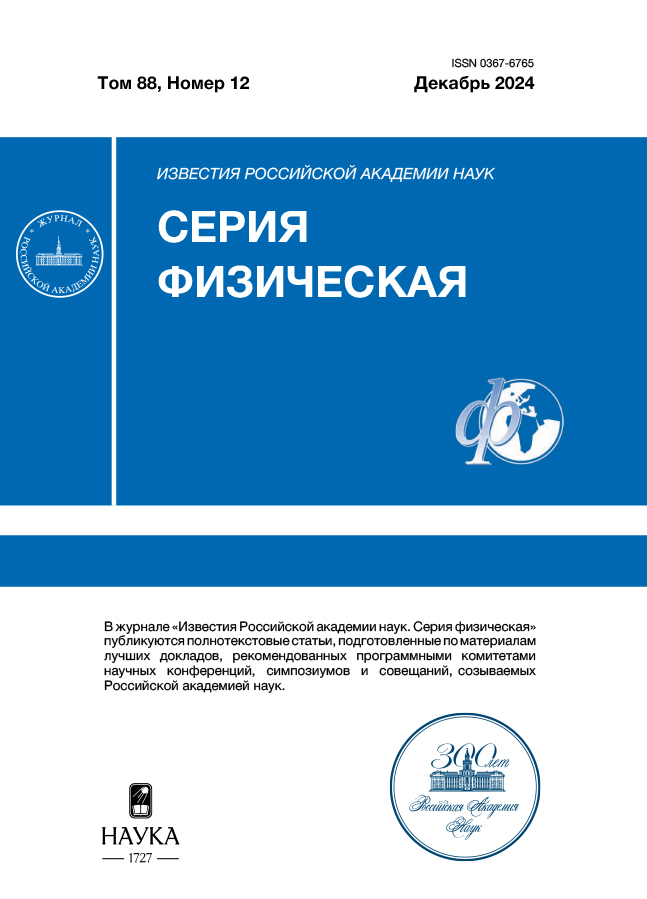The precision selection from an ensemble, movement on nanometer scale and angular orientation of nanoparticles based on NaYF4 and YVO4 doped with Yb and Er, showing upconversion luminescent properties. The scanning probe microscopy approach
- Authors: Chuklanov А.P.1, Morozova A.S.1, Mityushkin Y.O.1, Nikiforov V.G.1, Nurgagizov N.I.1
-
Affiliations:
- Federal Research Center “Kazan Scientific Center of the Russian Academy of Sciences”
- Issue: Vol 88, No 12 (2024)
- Pages: 1963-1968
- Section: Nanooptics, photonics and coherent spectroscopy
- URL: https://ruspoj.com/0367-6765/article/view/682304
- DOI: https://doi.org/10.31857/S0367676524120194
- EDN: https://elibrary.ru/EVEJXE
- ID: 682304
Cite item
Abstract
We show that a scanning probe microscope allows precision manipulation of an ensemble of upconversion nanoparticles uncontrolledly deposited on the surface of a glass substrate. The possibility of controlled movement of such particles over distances of several tens of micrometers was demonstrated, which made it possible to leave several separateв from each other upconversion nanoparticles (or their small conglomerates) on a surface with an area of about 104 µm2. The system of marks on the substrate made it possible to find and carry out multiple sequential manipulations, including movements over submicron distances and rotation at a given angle of a single upconversion nanoparticle. The adhesion force of an individual upconversion nanoparticle to the substrate surface was estimated.
Full Text
About the authors
А. P. Chuklanov
Federal Research Center “Kazan Scientific Center of the Russian Academy of Sciences”
Author for correspondence.
Email: achuklanov@kfti.knc.ru
Zavoisky Physical-Technical Institute
KazanA. S. Morozova
Federal Research Center “Kazan Scientific Center of the Russian Academy of Sciences”
Email: achuklanov@kfti.knc.ru
Zavoisky Physical-Technical Institute
Russian Federation, KazanYe. O. Mityushkin
Federal Research Center “Kazan Scientific Center of the Russian Academy of Sciences”
Email: achuklanov@kfti.knc.ru
Zavoisky Physical-Technical Institute
Russian Federation, KazanV. G. Nikiforov
Federal Research Center “Kazan Scientific Center of the Russian Academy of Sciences”
Email: achuklanov@kfti.knc.ru
Zavoisky Physical-Technical Institute
Russian Federation, KazanN. I. Nurgagizov
Federal Research Center “Kazan Scientific Center of the Russian Academy of Sciences”
Email: achuklanov@kfti.knc.ru
Zavoisky Physical-Technical Institute
Russian Federation, KazanReferences
- Никифоров В.Г. // Изв. РАН. Сер. физ. 2021. T. 85. № 12. C. 1734, Nikiforov V.G. // Bull. Russ. Acad. Sci. Phys. 2021. V. 85. No. 12. P. 1383.
- Zaldo C. // In: Lanthanide-based multifunctional materials. Elsevier, 2018). P. 335.
- Zharkov D.K., Shmelev A.G., Leontyev A.V. et al. // Laser Phys. Lett. 2020. V. 17. P. 075901.
- Митюшкин Е.О., Жарков Д.К., Леонтьев А.В. и др. // Изв. РАН. Сер. физ. 2023. Т. 87. № 12. С. 1724, Mityushkin E.O., Zharkov D.K., Leontyev A.V. et al. // Bull. Russ. Acad. Sci. Phys. 2023. V. 87. No. 12. P. 1806.
- Жарков Д.К., Митюшкин Е.О., Леонтьев А.В. и др. // Изв. РАН. Сер. физ. 2023. Т. 87. № 12. С. 1735, Zharkov D.K., Mityushkin E.O., Leontyev A.V. et al. // Bull. Russ. Acad. Sci. Phys. 2023. V. 87. No. 12. P. 1817.
- Бухараев А.А., Бизяев Д.А., Нургазизов Н.И., Ханипов Т.Ф. // Микроэлектроника. 2012. Т. 41. № 2. С. 90.
- Burger P., Singh G., Johansson C. et al. // ACS Nano. 2022. V. 16. P. 19253.
- Шмелев А.Г., Никифоров В.Г., Жарков Д.К. и др. // Изв. РАН. Сер. физ. 2020. Т. 84. № 12. С. 1744, Shmelev A.G., Nikiforov V.G., Zharkov D.K. et al. // Bull. Russ. Acad. Sci. Phys. 2020. V. 84. No. 12. P. 1439.
- Ren G., Zeng S., Hao J. // J. Phys. Chem. C2011. V. 115. No. 41. P. 20141.
- Ziganshin M.A., Efimova I.G., Gorbatchuk V.V. et al. // J. Peptide Sci. 2012. V. 18. No. 4. P. 209.
- Миронов В.Л. Основы сканирующей зондовой микроскопии. Н. Новгород: ИФМ РАН, 2004. 114 c.
Supplementary files















